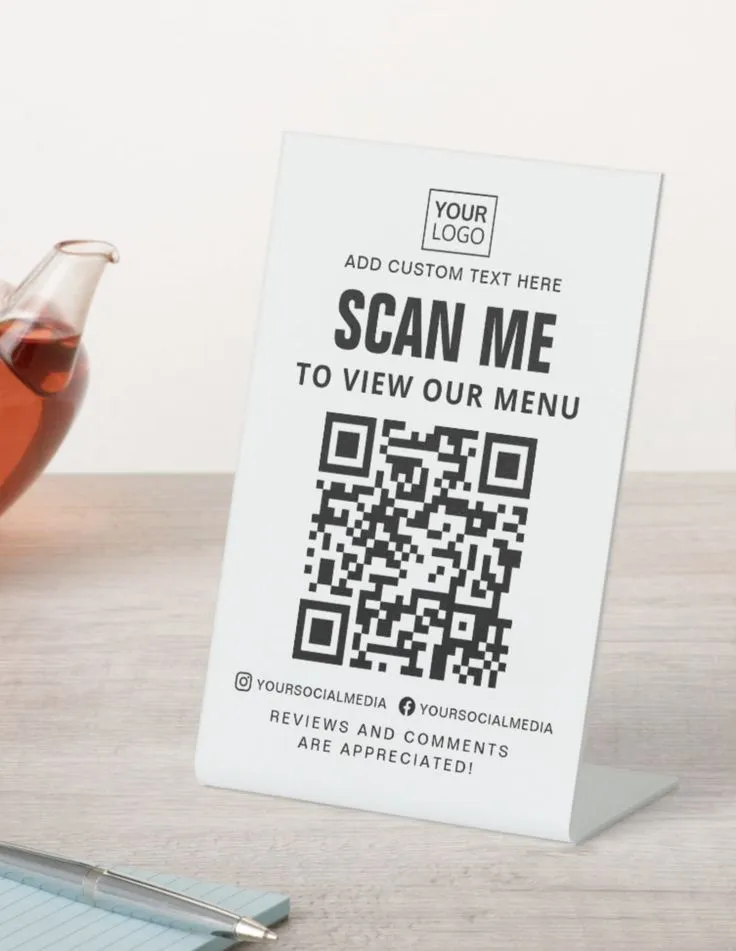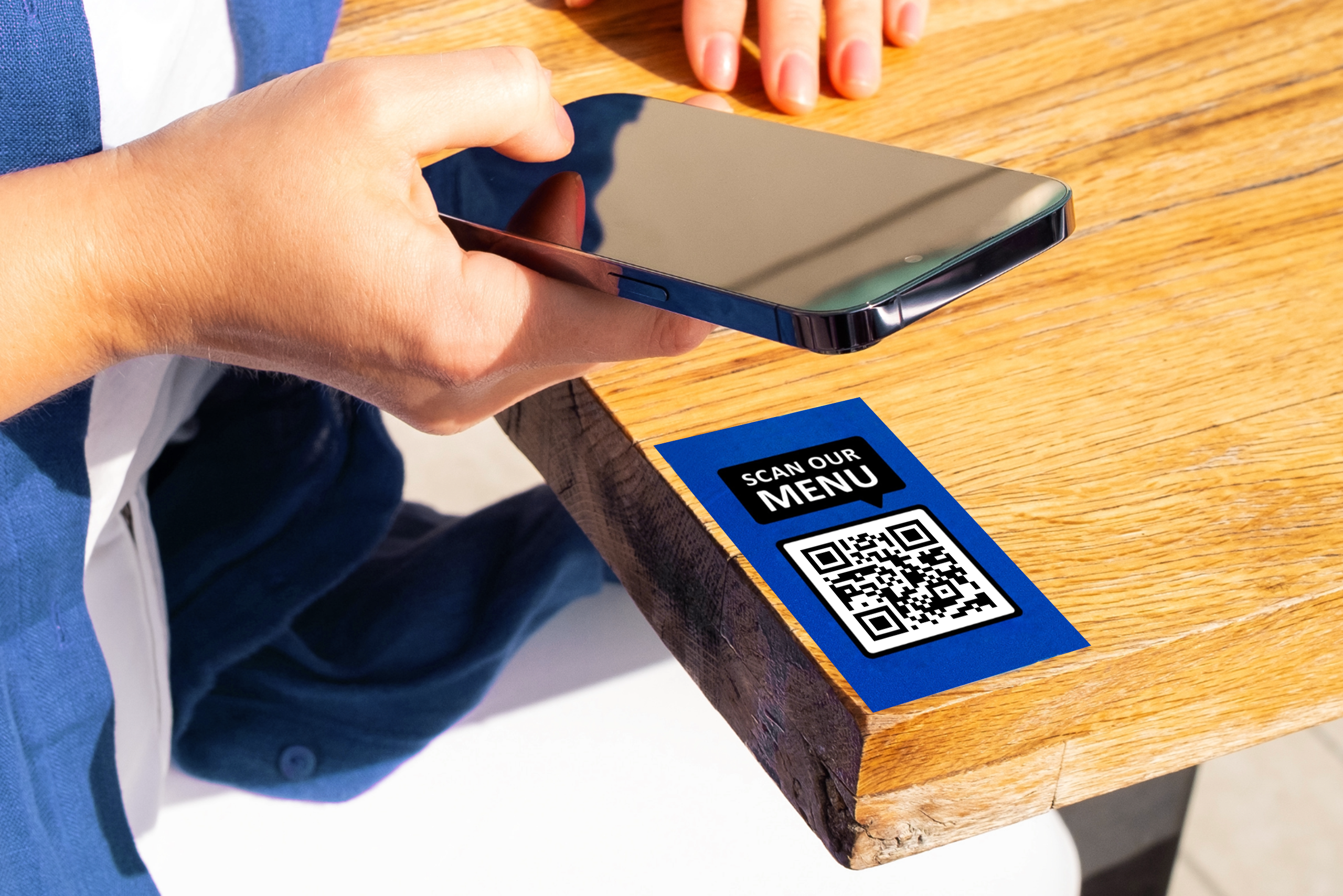How to Check if QR Code Works

QR codes have gained quite a lot of popularity in recent years, and rightfully so. They're a straightforward way to encode large data sets. They can be scanned using an Android or iOS mobile device, with either the pre-installed camera application or another QR code scanner app.
However, as with any new technology in the market, you need to test a QR code rigorously for any points of failure.
Here’s how you can do it.
Testing QR Code
Before getting to the testing part, you need to generate a sample QR code first. We advise using convert any link into a QR code, it’s a great website to convert any link into a QR code, and it’s free! Another option is using a JavaScript generator.
Once you’ve generated a fake QR code, you can now begin your actual testing journey.
Before testing, you need to know what a successful QR code looks like. For example, one of the most important things to check in QR code is whether or not it directs you to a URL or if it can be scanned from a distance and from different devices.
Testing Code Online
Carrying out an online test for code is the easiest way to ensure that you don’t run into any problems in the long run.
All you need for this test is a QR checker and a phone to account for all possible non-ideal conditions.
1. Carry out the online code scan in various lighting. This is important since lighting tends to fluctuate through the day and can significantly impact the success of your QR code.
2. Read QR code online using different devices. Since you want your code to work for all users, you need to cater to different devices. Check your code using an iPhone or Android.
3. Conduct tests at different distances and angles. This is especially important if you plan on placing the QR code on a public display such as a billboard.
4. Test for internet access and cellular reception. While this isn't directly related to QR codes, if your code is out in a public space, there's no point in it unless users have access to Wi-Fi.
Things to Keep in Mind When Making a Functional QR Code:
1. Make sure the quality of the QR code is high resolution
2. Choose efficiency and effectiveness over style and design
3. Be mindful of the colors and contrast you choose
4. Ensure the size of the QR code is appropriate
5. Placement matters
Summing it Up
While QR codes are a fantastic technique to incorporate into your marketing strategies, you need to carry out a couple of online tests to ensure functionality. And if they've passed all the tests we've mentioned above, you're all set to roll!
Our Latest news

ProfeeTips Unveils Free Service and Personalized Tip Collections.

Top 5 QR code Menus and Ordering Systems for Restaurants in 2023
